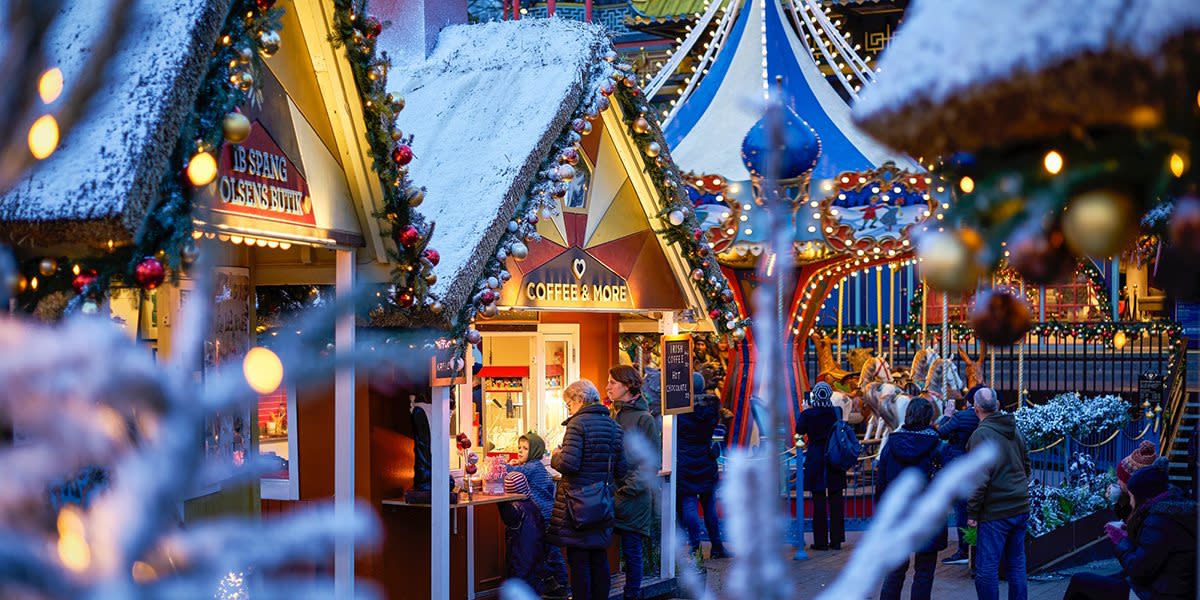Copenhagen, with its cobblestone streets and historic charm, comes alive during the Christmas season. From festive markets to magical amusement parks, the Danish capital offers a plethora of activities to make your holiday season truly special. Here are seven enchanting plans to consider:
1. Visit Tivoli Gardens: A Winter Wonderland in the Heart of the City.
No visit to Copenhagen during Christmas is complete without stepping into Tivoli Gardens. This iconic amusement park transforms into a mesmerizing winter wonderland, adorned with twinkling lights and festive decorations. The nightly light show is a spectacle not to be missed, creating a magical atmosphere that captures the spirit of the season.
2. Explore Charming Christmas Markets: Discover Danish Delights.
Immerse yourself in the holiday spirit by exploring Copenhagen’s charming Christmas markets. Wander through the stalls in Nyhavn or visit the market at Højbro Plads to find unique gifts, handmade crafts, and traditional Danish sweets. The festive ambiance and the scent of roasted almonds in the air make these markets a delightful experience.
3. Attend a Christmas Concert: Let Music Fill the Air.
Indulge in the rich cultural scene of Copenhagen by attending a Christmas concert. Many churches and concert halls host performances ranging from classical concerts to choir recitals, providing a musical backdrop to your holiday experience.
4. Take a Canal Tour: Christmas Lights from a Different Viewpoint.
See Copenhagen’s Christmas lights from a unique perspective by embarking on a canal tour. Glide through the city’s waterways, surrounded by festive decorations that reflect on the surface. It’s a magical way to appreciate the beauty of the season while staying cozy on the water. But remember to take a good jacket and a big scarf!
5. Try Danish Christmas Cuisine: A Feast for the Senses.
Delight your taste buds with the flavors of Danish Christmas cuisine. Indulge in Æbleskiver, round and fluffy pancakes often served with powdered sugar and jam. Savor Risengrød, a comforting rice pudding, and warm up with a cup of Gløgg, the Danish version of mulled wine. Local restaurants and food markets are the perfect places to experience these festive culinary delights.
6. Enjoy the Winter Scenery at The Lakes: Serenity in the Midst of the City.
For a peaceful escape, take a leisurely stroll around Copenhagen’s picturesque lakes, such as Sortedams Sø or Peblinge Sø. The serene atmosphere, combined with the winter scenery, provides a beautiful way to unwind during the bustling holiday season.










